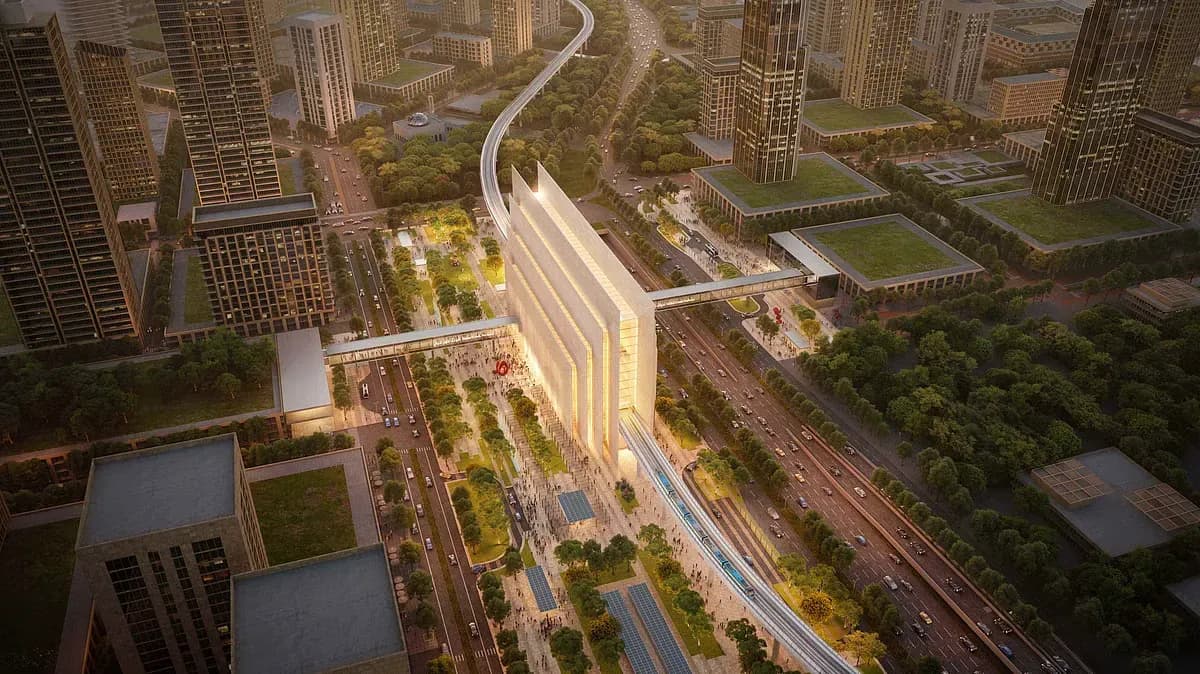In affluent areas such as Notting Hill, serene garden squares reveal a startling trend: a significant number of houses stand empty. This phenomenon is not isolated to Notting Hill but is evident in other prestigious London neighborhoods as well. The prevalence of unoccupied luxury properties has led to concerns about the impact on local communities and the broader housing market.
Factors Contributing to the Trend
Several factors have contributed to the rise in empty luxury homes in London:
Foreign Investment: London has long been a magnet for international investors seeking stable real estate assets. However, some of these properties are purchased as investments and remain unoccupied, leading to 'ghost' neighborhoods.
Taxation Policies: Recent changes in taxation, including increased stamp duty for high-value properties and the end of non-domiciled tax status, have made luxury property investments less attractive, leading to a slowdown in the market.
Market Saturation: An oversupply of high-end properties has led to increased competition among sellers, resulting in longer periods where properties remain unsold and unoccupied.
Case Study: The Bishops Avenue
The Bishops Avenue, known as 'Billionaires' Row,' epitomizes this trend. Once lined with opulent mansions owned by the global elite, approximately 30% of these properties now sit vacant and deteriorating. This shift highlights changing preferences among the wealthy, who now favor more practical and centrally located homes over sprawling suburban estates.
Impact on Local Communities
The proliferation of empty luxury homes has several implications:
Community Disruption: Vacant properties can lead to a lack of community cohesion, as fewer permanent residents contribute to the local economy and social fabric.
Housing Shortages: While luxury homes remain unoccupied, many Londoners face housing shortages, highlighting a disparity in housing availability.
Urban Blight: Neglected properties can become eyesores, attracting vandalism and reducing the aesthetic appeal of neighborhoods.
Potential Solutions
Addressing the issue of empty luxury homes requires a multifaceted approach:
Policy Intervention: Implementing policies that discourage leaving properties vacant, such as increased taxes on unoccupied homes, could incentivize owners to rent or sell these properties.
Repurposing Initiatives: Transforming vacant luxury properties into affordable housing or community spaces could alleviate housing shortages and revitalize neighborhoods.
Market Adjustments: Encouraging the development of housing that aligns with current demand, including affordable and mid-range properties, can create a more balanced real estate market.
The trend of empty luxury homes in London reflects broader challenges in the city's housing market, including investment practices, taxation policies, and housing supply imbalances. Addressing these issues requires coordinated efforts from policymakers, developers, and communities to ensure that London's housing market serves the needs of all its residents.




